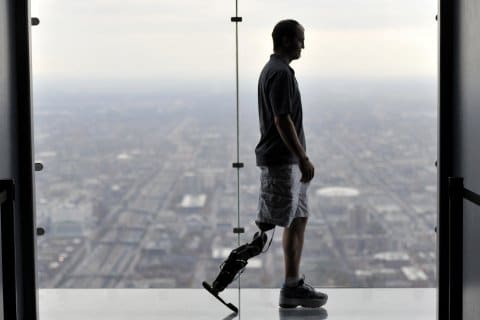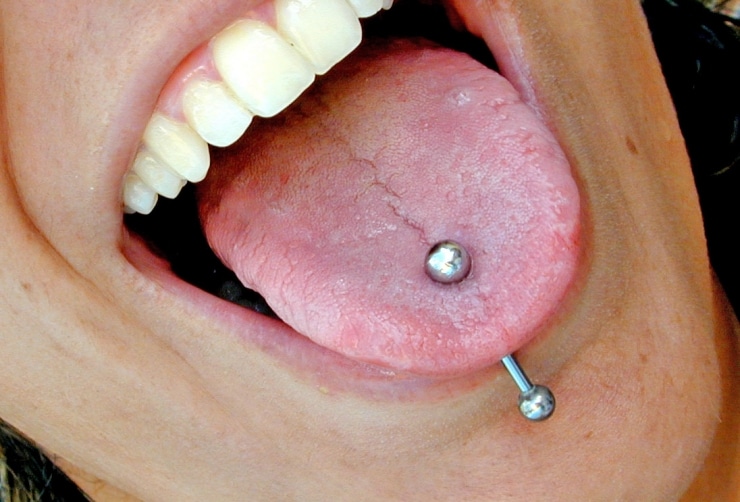Wheel:Life monitors research news that could impact your life as a wheelchair user, and we're excited to share the latest research advancements and projects making recent headlines! The following three medical studies have the potential to improve either functional ability or overall quality of life for people who use wheelchairs due to spinal cord injuries. So keep your fingers crossed! It's an exciting time in the world of spinal cord injury research.
US Army Sponsors Australian Research Project to Develop First Bionic Spinal Cord
A group of scientific experts in the fields of engineering and neurology from the Melbourne Bionics laboratory at the Royal Melbourne Hospital (RMH) is trying to find a way to trigger the brain signals that allow movement trapped by the injury to the spinal cord.
As part of this effort, the team is attempting to develop the first bionic spinal cord controlled only by thought. This project is being funded by the Australian government and the U.S. military. The $2.5 million research study is focused on implanting a device within a paralyzed patient so the patient can control robotic limbs using their thoughts for five years.

RMH neurology trainee and lead researcher Dr. Tom Oxley explained that the signal can trigger a robotic limb, computer, wheelchair or an exoskeleton. He also said the bionic spinal cord can enable paralyzed patients to have control over their movements again.
The research arm of the U.S. military, The Defense Advanced Research Projects Agency, is supporting the research effort to help soldiers with disabilities. Read the full article here.
Kennedy Krieger Institute Study on Sailing Simulator
Published in the American Journal of Physical Medicine & Rehabilitation, Kennedy Krieger researchers have been able to show that using a hands-on sailing simulator over a 12-week period helped participants with spinal cord injuries to safely learn sailing skills, ultimately improving their quality of life by gaining the ability to participate in a recreational sport.
For many individuals living with paralysis, participation in recreational sports may seem impossible or even unimportant. [We know otherwise, don't we?!] This study is one of the first to scientifically measure the positive impact of therapeutic sailing following a spinal cord injury. Positive results included a significant increase in overall self-confidence and sense of accomplishment among participants.

Study participants had chronic spinal cord injuries that occurred more than six months prior to beginning use of the Virtual Sailing VSail-Trainer, the first sailing simulator available for people with paralysis. The stationary, motorized sailboat cockpit features specialized software that enables patients to navigate the boat around a virtual course in the same way as an actual sailboat in the water. Learn more about the Virtual Sailing VSail-Trainer study.
Georgia Tech Researchers Devise Powerchair Controls Guided by Your Tongue
For people with disabilities, controlling wheelchairs can be challenging. However, scientists are working on solutions, at least as far as mobility goes. The latest system, developed by scientists at the Georgia Institute of Technology, uses a tongue piercing, along with an iPod app, allowing those people to control their wheelchairs with just a flick of their tongue.
Yes. You heard right.
The person in the wheelchair has to submit to a tongue piercing that contains a small titanium barbell. A headset with sensors is also required, which responds to a magnet inside the piercing. When users flick their tongue against the piercing, an iPod app gets information from the headset’s sensors and figures out which way the user wants the wheelchair to move.

This method of powerchair control is meant to be an alternative to the "sip and puff" tactic that is common today. Get the full details here.